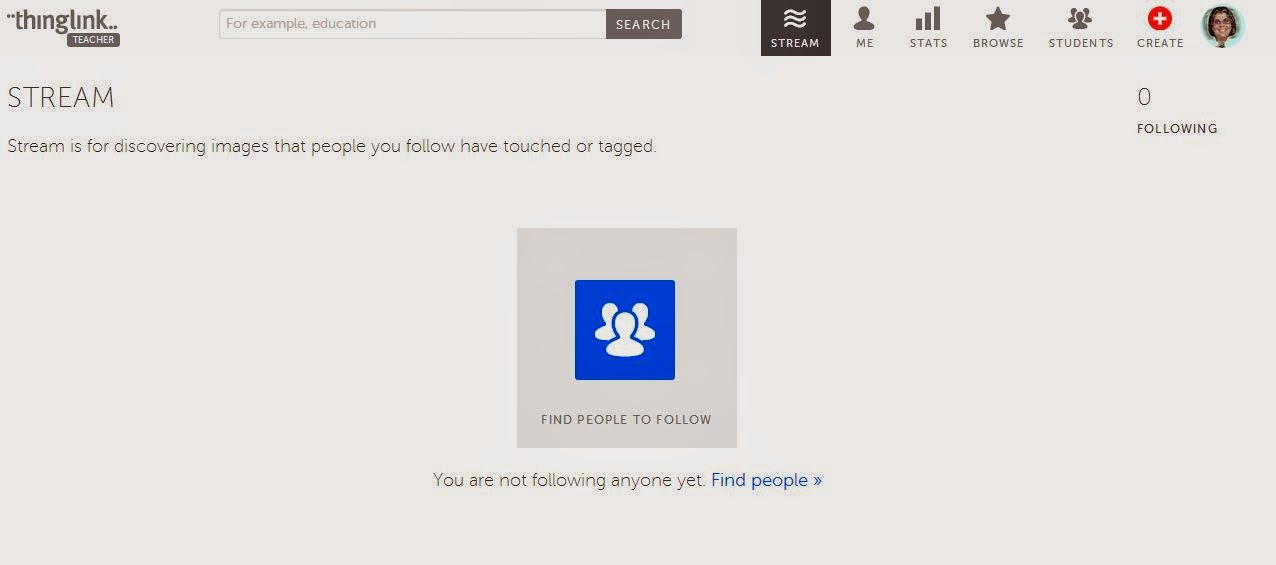 Someone posted an article about tools that can be used to as a means of establishing a presentation. Powtoon was one of the sites listed. I had to check it out. I LOVE it. I have finally found a free site to make really nice, crisp presentations that can be published directly to YouTube, and it's really easy.
Someone posted an article about tools that can be used to as a means of establishing a presentation. Powtoon was one of the sites listed. I had to check it out. I LOVE it. I have finally found a free site to make really nice, crisp presentations that can be published directly to YouTube, and it's really easy. I created my free account, which can link to Google+, Facebook or LinkedIn. You can also use an email account to establish it. It has you determine if you are a student or a teacher, which I liked. I established a teacher account, so I am not sure what appears on the student side. I made a quick thirty second presentation in about five minutes. It was easy and there were a lot of options available to make a nice slideshow. It was quick, simple and definitely something I would use again to make some slides for the library. I can use it for tutorials, new release videos (I use Animoto now, but maybe I can mix it up and use this as an alternative.) I think the kids would enjoy seeing the presentations and would benefit from them.
I created my free account, which can link to Google+, Facebook or LinkedIn. You can also use an email account to establish it. It has you determine if you are a student or a teacher, which I liked. I established a teacher account, so I am not sure what appears on the student side. I made a quick thirty second presentation in about five minutes. It was easy and there were a lot of options available to make a nice slideshow. It was quick, simple and definitely something I would use again to make some slides for the library. I can use it for tutorials, new release videos (I use Animoto now, but maybe I can mix it up and use this as an alternative.) I think the kids would enjoy seeing the presentations and would benefit from them.I have a few teachers at my school who have students do PowerPoint presentations. I am going to share this option with them because I think the kids will enjoy the many options it has to offer. I also think the teachers will enjoy seeing the presentations because they are different than the same old same old. I think the teachers will appreciate its ease of use and the students will be able to figure it out without a lot of help.
This is a very simple, free product for the kids and staff to use. I hope some of them try it out.














